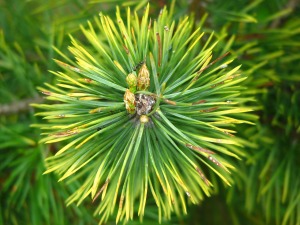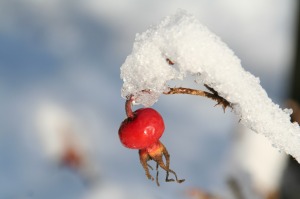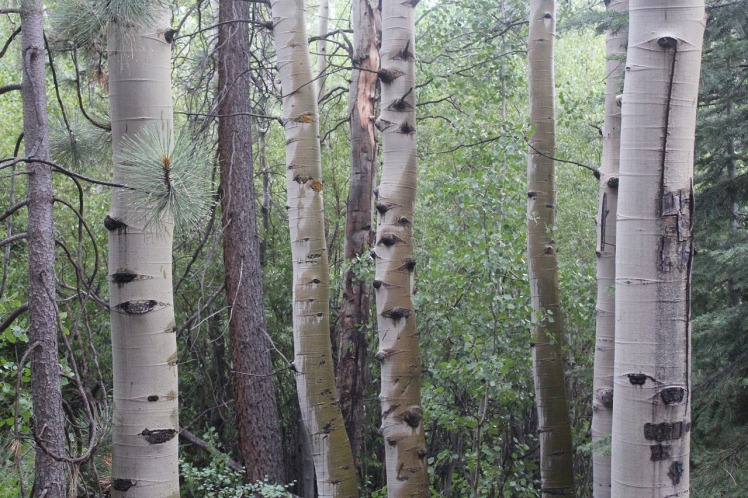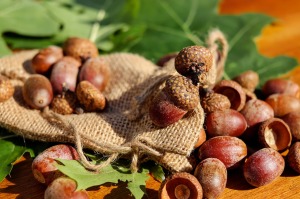Thursday Thoughts, Four Apocalyptic Survival Food Sources.
 Over the long 4th of July weekend we took, we read The Ashfall series, which naturally led to us considering how we would survive an apocalypse. Before I get to that, quick review. First book, Ashfall, I loved. Couldn’t put it down. Immediately bought the next one, Ashen Winter. I liked that one and read it quickly, but there were a few “really?” points in it. I still bought Sunrise, but I didn’t finish it. It stretched the bounds of reality for me.
Over the long 4th of July weekend we took, we read The Ashfall series, which naturally led to us considering how we would survive an apocalypse. Before I get to that, quick review. First book, Ashfall, I loved. Couldn’t put it down. Immediately bought the next one, Ashen Winter. I liked that one and read it quickly, but there were a few “really?” points in it. I still bought Sunrise, but I didn’t finish it. It stretched the bounds of reality for me.
I think this is very much a matter of personal taste. I like apocalyptic writing (and movies) because 1) I want to know how people survive. It is endlessly fascinating to me. 2) I want to see how the characters handle, emotionally and psychologically, a world (or in this case area) ending event. I want to follow the character arc of who they are before the event to who they are at the end, and the way it changes their thinking. 3) I want to see how society reforms.
So in Ashfall series I got a lot of the first, but it became less a matter of general survival and more a matter of nasty people than I wanted. The second, the character thoughts and arc was there in the first one. I felt that although there was some growing up in the second book, it didn’t constitute an actual character arc. Moreover the emotional and psychological elements had more to do with circumstances than the end of the world (ie: what happened to all of my friends? I’m never going to finish school–what will my future be then? etc). Society reforming basically was towns fighting with each other for scarce resources and nobody too concerned about the rest of the country. Sunrise started out the same way with a lot more “really?” moments. While the first book was definitely for me, the series, in the end, was not.
Now on to survival!
1)Scurvy. This played a big part in Ashfall. Scurvy could be a killer in an apocalypse. One thing not mentioned (because plants didn’t survive the Volcanic winter, I imagine) is that you can get a go od amount of vitamin C from pine trees. Yup, really. You make a tea out of pine needles and the bark. I believe it’s the inner bark. Now boiling foods does tend to kill vitamin C, so I would advise (with absolutely nothing to back it up) boiling the water, pouring it over the pine needles and bark, and let it steep for a long time that way. I’ve read, btw, that it’s not too tasty.
od amount of vitamin C from pine trees. Yup, really. You make a tea out of pine needles and the bark. I believe it’s the inner bark. Now boiling foods does tend to kill vitamin C, so I would advise (with absolutely nothing to back it up) boiling the water, pouring it over the pine needles and bark, and let it steep for a long time that way. I’ve read, btw, that it’s not too tasty.
 Another thing, rose hips. This is the seed pod when a rose flower turns to seed and has lots of vitamin C to fight off the scurvy. I also read that it’s good for osteoarthritis. You have to cut open the seed pod and remove the furry stuff inside. Apparently it makes some people itchy. I read a way to separate the seeds from the furry stuff, but I figure if the stuff makes you itchy, just dump ’em both. You can then eat the rose hop pod, or you can make a tea (like above). This is supposed to be some grade A vitamin C by the way. I used to take chewable tables made from rose hips.
Another thing, rose hips. This is the seed pod when a rose flower turns to seed and has lots of vitamin C to fight off the scurvy. I also read that it’s good for osteoarthritis. You have to cut open the seed pod and remove the furry stuff inside. Apparently it makes some people itchy. I read a way to separate the seeds from the furry stuff, but I figure if the stuff makes you itchy, just dump ’em both. You can then eat the rose hop pod, or you can make a tea (like above). This is supposed to be some grade A vitamin C by the way. I used to take chewable tables made from rose hips.
They say the rose hips taste best after the first frost (somehow that makes them sweeter). Just in case you were wondering scurvy is characterized by bleeding gums.
 2) Syrup. You can get syrup from birch trees like you can from maple. Maybe not as much, and you need a pretty good sized birch tree, but you can still get syrup. I guess you drill a hole in the tree, put in a spile, let it drain into a cup and then boil it down and down and down. Like down a lot. This works best (and for all I know the only time) in the early spring. Syrup has 52 calories a tablespoon and you can get sugar too from it. Not much but some. Of course this depends upon the time of year and your supplies and being able to boil stuff over a fire for a long time, all of which is unlikely if you’re in the middle of the apocalypse. But maybe birch syrup or maple syrup would be helpful post apocalypse.
2) Syrup. You can get syrup from birch trees like you can from maple. Maybe not as much, and you need a pretty good sized birch tree, but you can still get syrup. I guess you drill a hole in the tree, put in a spile, let it drain into a cup and then boil it down and down and down. Like down a lot. This works best (and for all I know the only time) in the early spring. Syrup has 52 calories a tablespoon and you can get sugar too from it. Not much but some. Of course this depends upon the time of year and your supplies and being able to boil stuff over a fire for a long time, all of which is unlikely if you’re in the middle of the apocalypse. But maybe birch syrup or maple syrup would be helpful post apocalypse.
3) Salt. You can get salt from a Hickory tree. I think you boil the bark in water for a long time. Then you take it out and continue boiling for a long time longer. At the end you get a blackish substance that’s salty. I’m a little less sure of this because I don’t know what a hickory tree looks like, but I’m pretty sure there aren’t anyone around where I live.
 4)Acorn flour. I read about this years ago in one of my all-time favorite books, My Side of the Mountain. In it, Sam Gribely makes flour out of acorns. So I googled it. Apparently there are two types of oaks, the white and the red, and the flour from the white acorns is tastier. (Actually, they both sound awful, but it’s the apocalypse). If you only have access to red acorns, you have to boil them through several changes of water to get rid of the bad taste, which I believe was from tannins.
4)Acorn flour. I read about this years ago in one of my all-time favorite books, My Side of the Mountain. In it, Sam Gribely makes flour out of acorns. So I googled it. Apparently there are two types of oaks, the white and the red, and the flour from the white acorns is tastier. (Actually, they both sound awful, but it’s the apocalypse). If you only have access to red acorns, you have to boil them through several changes of water to get rid of the bad taste, which I believe was from tannins.
There’s lots more information, but at this point, I ran out of time. No worries, I’ll share more if I find more!